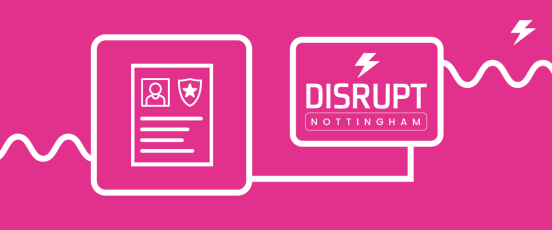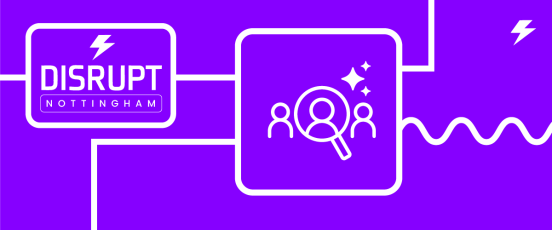Building bridges: Navigating the challenges of a multigenerational workforce

Overcoming generational differences in a multigenerational workforce
The modern workplace is more diverse than ever, with multiple generations working side by side, each bringing unique perspectives, skills, and expectations. For this guide, we’ll discuss four age groups active in the workforce:
- Generation Z: 1997-2012
- Millennials: 1981-1996
- Generation X: 1965-1980
- Baby Boomers: 1946- 1964
You may also be aware of the ‘Silent Generation’, born between 1925 and 1945. Since most of this generation are no longer in the workforce, they won’t be a primary focus except in very rare cases.
Benefits of a Multigenerational Workforce
A multigenerational workforce offers a wealth of benefits, the most significant being access to a diverse set of skills. Consider this: Individuals from different age groups bring vastly different perspectives to the table. A millennial’s experience is vastly different to those of a baby boomer.
A common example is ‘tech-savviness’. It’s a common stereotype that baby boomers may not be as digitally literate as younger generations, but did you know that Gen Z also struggles with tech-savviness?
By integrating multiple generations into one organisation, you’ll enhance innovation and problem-solving, boosting productivity and encouraging creative thinking. Having greater diversity within teams enhances effectiveness, innovation, and perspective variety.
Key Challenges in Managing a Multigenerational Workforce
While the benefits are substantial, managing a multigenerational team can present significant challenges. These can include:
- Communication Barriers: Different generations have distinct communication styles. Even something as seemingly simple as slang can reveal vast differences. For example, millennials might prefer to communicate through text or instant messages, Gen X may lean towards emails, and baby boomers often favour face-to-face or phone communications. These differences can lead to friction within teams.
- Varying Work Priorities: Additionally, different generations have different priorities, which can result in conflicting work styles and expectations. For example, Gen Z are said to be more risk-averse and focused on academic or employment performance compared to millennials.
Being unprepared for these potential issues could lead to significant challenges.
Strategies for Effective Multigenerational Workforce Management
- Foster an inclusive hiring process - An often overlooked aspect of fostering a diverse workforce is the recruitment process. The language used in job postings can deter candidates from certain generations. Describing a position for a ‘mature’ or ‘experienced’ individual or a ‘rockstar’ who’s ‘energetic’ can put start things off on the wrong foot. Involving hiring managers from different age groups in screening and interviews promotes fairness and minimises bias. Creating an inclusive culture begins with recruitment.
- Flexible work arrangements - Additionally, creating a more flexible workplace can appeal to all generations, as younger workers value flexibility, and Gen Xers and baby boomers are increasingly recognising its benefits. Flexibility allows employees to balance their unique priorities with their work.
- Tailored training and development - Providing targeted training and development is an important long-term strategy. Engaging employees in relevant training increases performance, enthusiasm, and collaboration. The modern workplace is characterized by a diverse range of age groups, which leads to evolving beliefs and values. Although this shift has helped reduce stigma, comfort levels regarding these discussions still vary among different age groups and backgrounds. It is essential that training programs respect these varying perspectives. Managers should foster shared norms through team discussions and initiatives like mutual mentoring to enhance collaboration and knowledge sharing.
- Implement reverse mentoring to foster open-mindedness - Encouraging cross-generational collaboration is key. Mentoring is a great way to foster teamwork and understanding at any career stage. While mentees gain obvious benefits, mentors can develop leadership skills and learn new perspectives from their mentees. Reverse mentoring, where the mentor is younger or more junior, acknowledges that skill gaps can exist in both directions. This process encourages inclusivity, helps bridge generational gaps, and fosters mutual learning within a multigenerational workforce. Participants can enhance their communication skills, understand different perspectives, and challenge existing stereotypes.
- Challenge stereotypes and unconscious bias - One of the challenges of having a multigenerational workforce is dealing with stereotypes. These stereotypes and biases can highlight the generational differences in the workplace. To maximise productivity in a diverse workforce, it is important to challenge these stereotypes and provide training on unconscious bias. A multigenerational workforce encourages greater interaction among various age groups, which can help to challenge and break down the existing stereotypes tied to each generation.
Building Collaborative Environments Across Generations
Encouraging cross-generational collaboration is key. Mentoring is a great way to foster teamwork and understanding at any career stage. While mentees gain obvious benefits, mentors can develop leadership skills, and learn new perspectives from their mentees.
Reverse mentoring, where the mentor is younger or more junior, acknowledges that skill gaps can exist in both directions. It’s particularly popular for helping older generations become more tech or social media savvy.
Promoting Employee Engagement in a Multigenerational Workforce
The key to a successful multigenerational workforce is employee engagement. Ensuring a positive work experience and recognising individual contributions are essential. Training your managers to tailor communication and feedback to individual needs is vital. Effective leadership requires adapting to different employees, considering generational differences without relying on stereotypes.
Embracing a multigenerational workforce is not just about overcoming differences. It is about discovering the strengths to create a more innovative, inclusive, and productive workplace.
Managing a multigenerational workforce presents challenges for any HR department or manager, but the rewards of getting it right are huge. Many great innovations have come out of diverse teams that feel comfortable with each other.
Want to learn more? Download our employee experience report for more details. Download the Report



